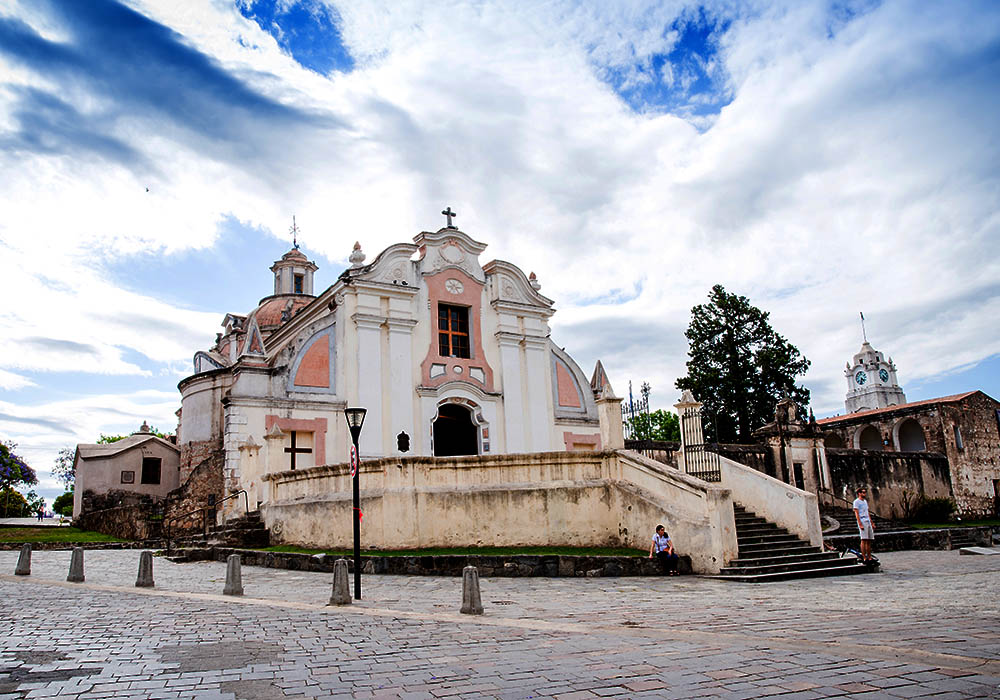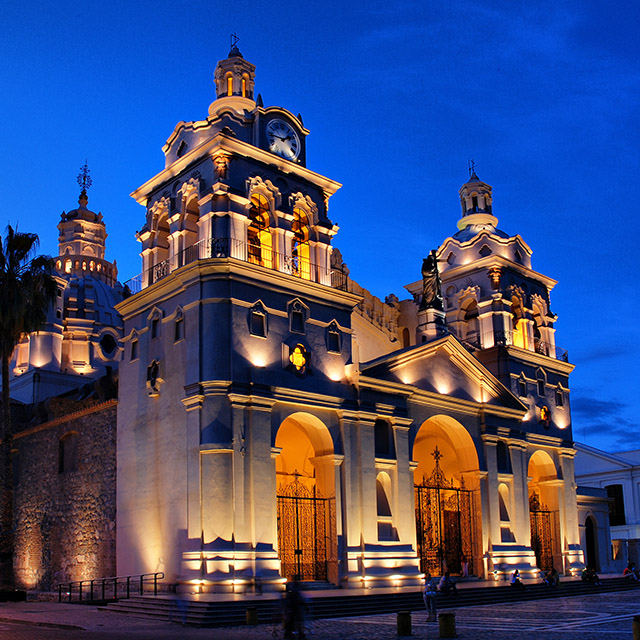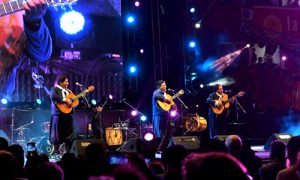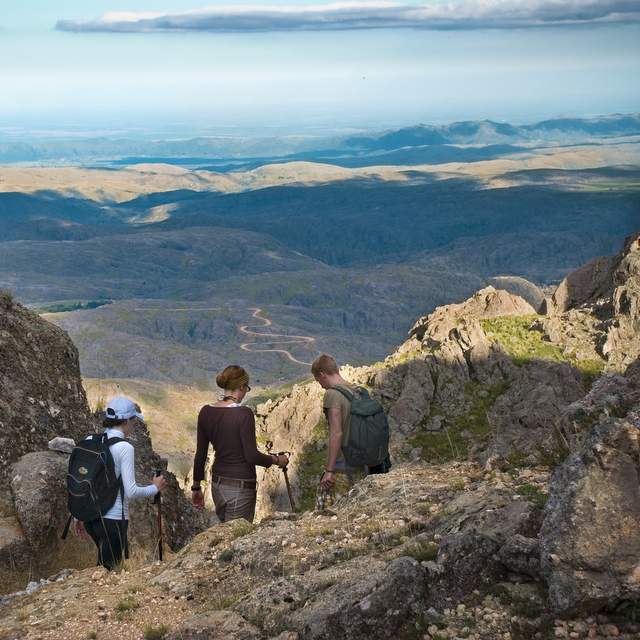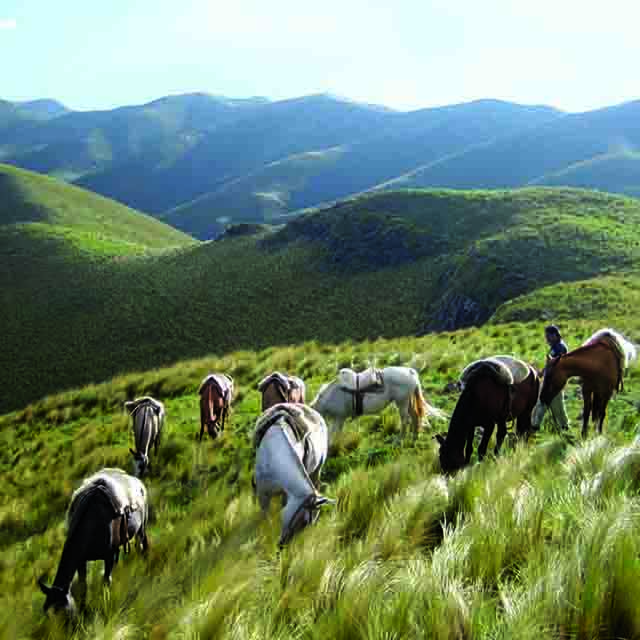Activities at estancia may vary according to travellers preference, being able to choose up to 7 different programs, and subject to weather conditions. Itinerary Example:
Cordoba
CORDOBA
The province of Córdoba, located in the center of the country, is of great historical, political, economic and cultural importance.
On the 17th and 18th Centuries, the Jesuits set up important production facilities here, known as the Estancias Jesuíticas, which are still well conserved and open to tourism. In 1613, they also founded the first national university, the current Universidad Nacional de Córdoba.
During the colonial period, Camino Real, a main commercial artery connecting Río de la Plata and Alto Peru, crossed the province. Nowadays, besides being an intellectual center, Cordoba is well known for its equestrian rodeo-style and folklore music festivals.
The mountain ranges running north to south are the backbone of the province. Generically known as Sierras de Córdoba, they separate the fertile Pampa from Cuyo desert. Between the different chains of hills, three main valleys appear: Punilla, Calamuchita and Traslasierra, each with its own distinct character. The valleys are crisscrossed by streams and full of small hill towns.
Cordoba is and always has been a place for rest. In the 1900s, physicians would recommend long sojourns to the hills to cure respiratory illnesses. Today, the recipe is sun, horseback rides and trekking for those who need to connect with the elements.


